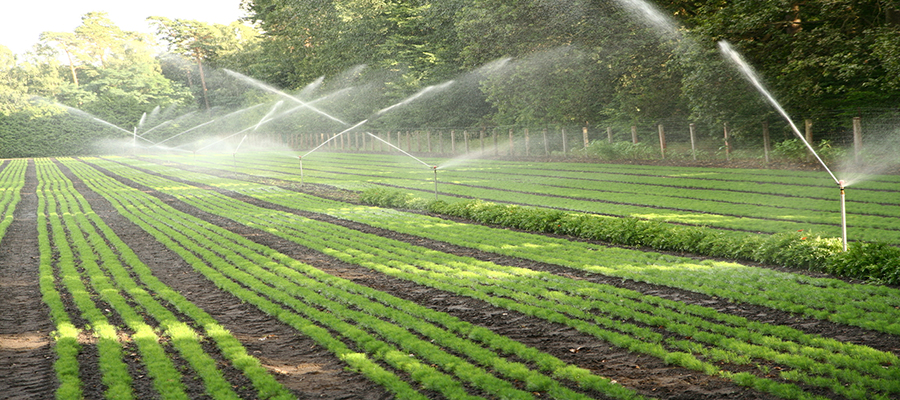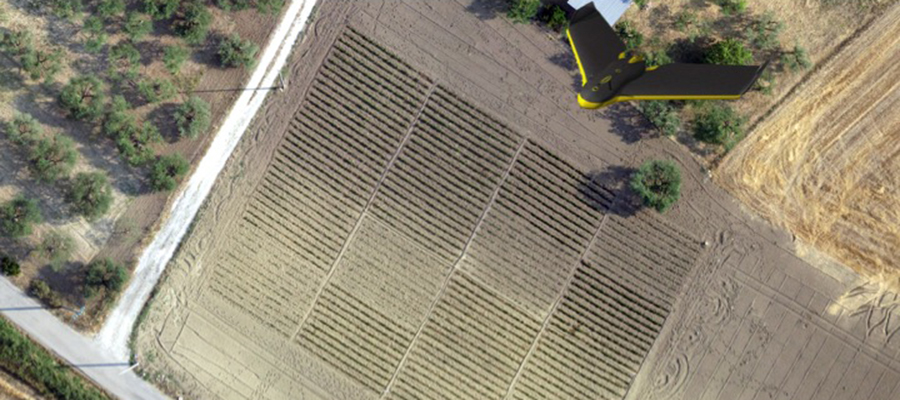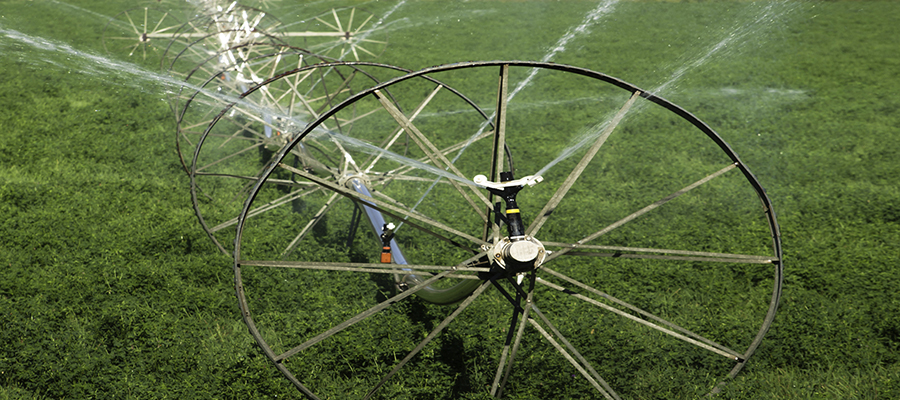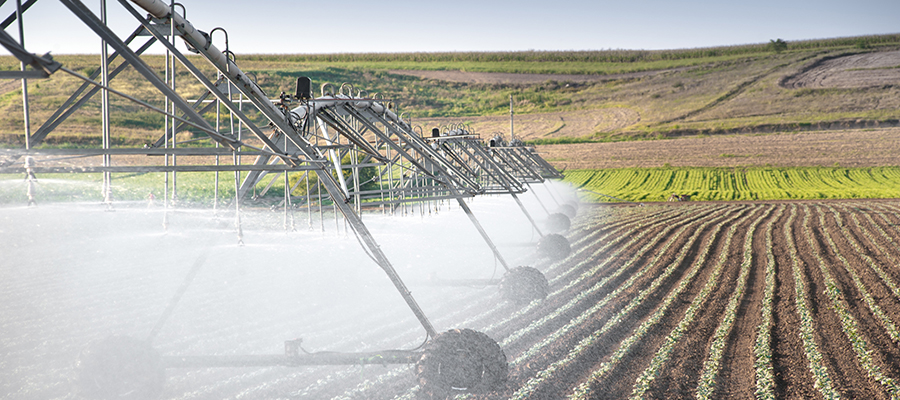Agriculture 2020, 10(11), 494;

Fig 1. Biogeographical Algerian area were olives are grown
In Algeria, the olive tree is one of the main fruit species and plays a very important socioeconomic role. The objective of this study was firstly, to identify and quantify the phenolics of some Algerian olive oils, and secondly, to assess the antioxidant activity of the samples. The olive oils used in this study were derived from Algerian cultivars, including Tefahi, Gelb Elfarroudj, Chemlal, and imported cultivar Manzanilla and Zebboudj.
For this purpose, gas chromatography—mass spectrometry (GC-MS) was used to identify olive oil fatty acids profile, while the individual phenolic compounds were assessed by ultra-high-performance liquid chromatography–electrospray ionization–high-resolution mass spectrometry (UHPLC-HESI-MS). To verify the antioxidant capacity, five in vitro free radical assays were used. Questionable values of particular physico-chemical parameters, such as the high value of free acidity and the low concentration of monounsaturated fatty acids in oil from the Zebboudj cultivar, indicate that improvements in olive cultivation and oil production practices are needed. Gelb Elfarroudj, Tefahi, and Manzanilla oils contain quantities of monounsaturated fatty acids in accordance with EU regulations. The oil obtained from the Zebboudj cultivar is not usable for food purposes due to the high value in free acidity and the low concentration of monounsaturated fatty acids. Tefahi and Manzanilla cultivars have given oils with the best antioxidant activity as compared to other studied cultivars; this is attributable to their composition in bioactive phenolic compounds, such as secoiridoids, which play an important role in human health as scavengers of free radicals. The results are interesting for producers and consumers to promote the culture of olive oils derived in particular from the Tefahi cultivar. However, in order to improve the health qualities of this oil, the agronomic techniques essentially linked to the time of harvesting of the olives destined for oil production must be improved. View Full-Text.
By by Soulef Boussahel, Vita Di Stefano, Claudia Muscarà, Mariateresa Cristani and Maria Grazia Melilli.
Correspondence: Maria Grazia Melilli - Institute for Agricultural and Forest Systems in the Mediterranean, National Council of Research, 95128 Catania, Italy







